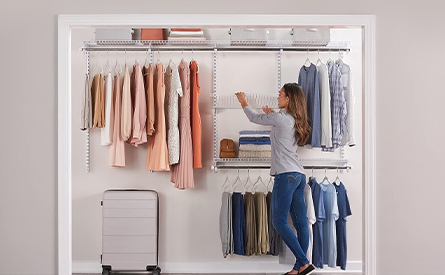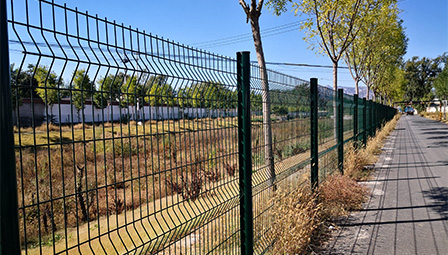grape trellis post
Ene . 25, 2025 23:02
Grape trellis posts are instrumental in the cultivation of healthy, high-yield vineyards. As someone who has spent years engrossed in viticulture, developing grape trellises that stand the test of time requires attention to detail, knowledge of material durability, and an understanding of grapevine biology.

Traditional trellis systems have often utilized wooden posts due to their availability and ease of installation. However, with advancements in material science, there's been a significant shift towards using metal and composite materials. Wooden posts, though aesthetically pleasing and easy to install, come with limitations. They are prone to fungal infections and termite attacks, which can drastically reduce their lifespan. Moreover, maintenance with periodic treatments becomes mandatory to ensure longevity.
An alternative gaining popularity in modern vineyards is the use of steel or aluminum posts. These metals provide superior strength and are resistant to weather-induced deterioration. Their structural integrity supports even the heaviest vine loads and is particularly advantageous in regions prone to inclement weather. The initial investment in metal trellis posts might be higher compared to wooden options, but their low maintenance and extended lifespan often result in cost-effectiveness over time.

Another innovative solution is composite posts, fabricated from recycled materials like plastics and glass fiber. These posts combine the rustic appeal of wood with the durability of metal. They are resistant to rot and insect damage, offering an eco-friendly alternative with a reduced carbon footprint. When selecting composite posts, it's wise to assess their UV resistance and thermal expansion properties to ensure they can withstand seasonal temperature fluctuations.
Beyond material choice, the correct height and spacing of grape trellis posts are paramount. The optimal post height aligns with the grape variety's growth characteristics, with most vineyards favoring posts that are 6 to 8 feet tall. This height ensures adequate sunlight exposure and air circulation, both critical for grapevine health and fruit quality. The spacing between posts, typically ranging from 20 to 30 feet, should accommodate the vine's root spread, which fosters robust growth and simplifies maintenance tasks like pruning and harvesting.
grape trellis post
Installation techniques also play a critical role in the efficacy of grape trellis systems. Carefully setting posts to a minimum depth of 2 to 3 feet ensures stability. This depth prevents tipping or shifting from wind forces or soil erosion. For those employing metal posts, anchoring via concrete or specialized fasteners can enhance stability.
Incorporating technology into grape trellis systems has recently become an exciting frontier. Smart trellis systems equipped with sensors can monitor vine health indicators such as humidity, temperature, and disease markers. This real-time data empowers vineyard managers to make informed decisions, optimizing vine care and ultimately enhancing grape yield and quality.
Finally,
compliance with regulatory standards is vital. Ensuring that trellis systems meet agricultural guidelines not only supports environmental conservation efforts but also aligns with market requirements, particularly in organic wine production.
In conclusion, the choice and management of grape trellis posts are foundational to successful vineyard operations. It requires a blend of traditional knowledge and modern innovation, guided by an understanding of grapevine needs and environmental factors. By selecting materials that promise durability, implementing effective installation techniques, and embracing technological advancements, vineyard proprietors can navigate the future of viticulture with confidence and authority. A well-executed trellis system not only propels prosperous grape growth but also stands as a testament to a vineyard's commitment to quality and sustainability.






















